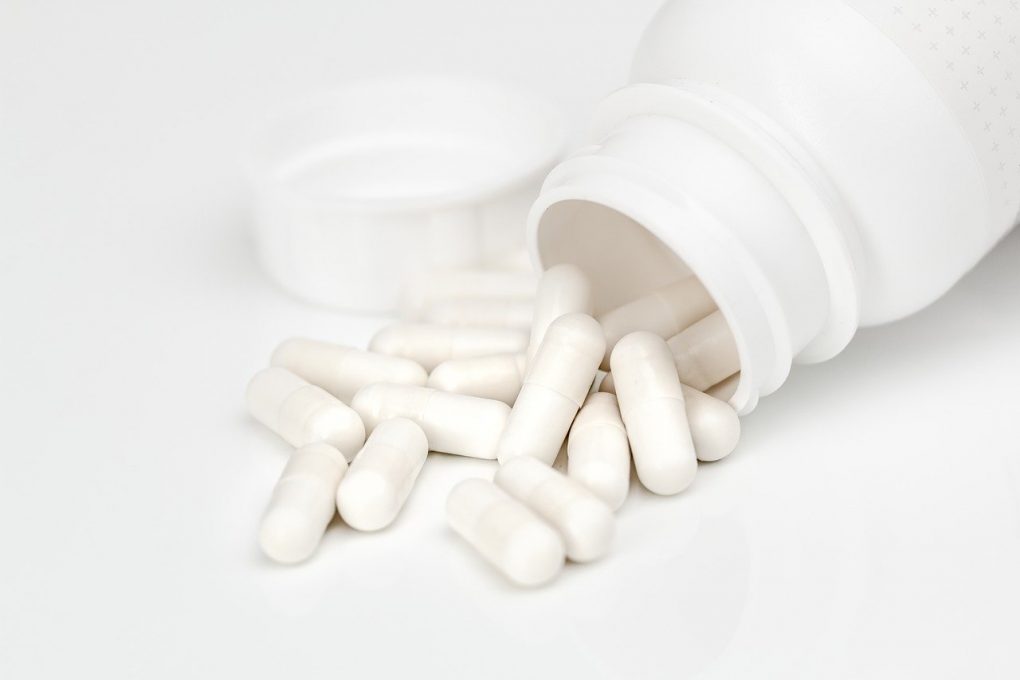
Probiotics and Infections in Children
Runny nose, cough, fever? It sounds familiar to all parents… You know perfectly well that I am a big fan of probiotics. I often call them bacteria for special tasks 🙂 Dear Parents! Together with Dr Patrycja Szachta from the Vitaimmun Medical Center, we have developed a “probiotic” toolbox for you that will improve the immunity of every toddler!
Mum life
Infections in children, commonly called a cold… unfortunately, every mum knows about them. Our babies are miserable, they have a runny nose, cough, fever, and we want to do everything to help them. Remember that most upper respiratory tract infections are caused by viruses and antibiotics simply don’t work! As soon as the doctor confirms that we are dealing with a viral infection, we try to do everything to help our child’s immune system fight it. As a result, they can deal with the disease faster.
Over 70% of immunity is located in the intestines. It needs proper training to work properly, and the best place for immune cells to practise is the intestinal microflora, or the bacteria in your guts. Unfortunately, many factors damage our children’s microflora and then they’re within an ace of frequent infections…
Step 1
Choose a good quality probiotic for young children. Dear moms – you have the choice of one-strain supplements (containing one specific probiotic bacterium) or multi-strain probiotics (consisting of several or more probiotic strains). One-strain probiotics that can support the weakened immune system of a sick baby are, for example, the LGG strain, quite widely available in pharmacies. Multi-strain probiotics contain health-promoting bacteria of the genus Lactobacillus and Bifidobacterium and support the reconstruction of the baby’s microflora, thereby improving the functioning of the immune system.
Step 2
Give probiotics time to act. Together with dr Szachta, we are of the opinion that a week of supplementation is not enough to support the microflora and the child’s immune system. Give probiotics some more time to act 🙂
Step 3
Microflora must “eat”. We shouldn’t forget about prebiotics, or plant fibers, which are an excellent “fuel” for good bacteria. You don’t have to look for prebiotics in the form of supplements – just make sure you provide the right amount of vegetables and fruits in your baby’s daily diet 🙂
Additional support
It’s a good idea to enrich probiotic therapy with supplements that stimulate immunity. Preparations containing lactoferrin are recommended here. Lactoferrin is a protein present in mammalian milk. When feeding our babies in the first months of their life, we provide them with significant amounts of lactoferrin from breast milk – and all to ensure their immunity 🙂 Lactoferrin has anti-inflammatory, anti-viral, anti-bacterial and even anti-fungal effects – so whatever the cause of the infection, it will definitely help. It is a safe supplement from the first days of life. Colostrum, or bovine colostrum, has similar stimulating effects. Supplements with bovine lactoferrin or colostrum are available quite widely, but beware (!!!) – they cannot be used in the case of allergies or intolerance to cow’s milk proteins.
Prevention
You can see that we can do quite a lot to help our baby fight infection. Remember, however, that prevention is better than cure! Probiotics need time to start working. Therefore, if a child often catches infections, and it is a season when infections are common, it is worth supplementing probiotics well in advance. If your toddler often falls ill in spite of all the preventative measures, you might want to consider examining the intestinal microflora to personalize the probiotics to your child’s microflora.
Dear Mums– let’s get down to work! 🙂









Comments No Comments
Join the discussion…